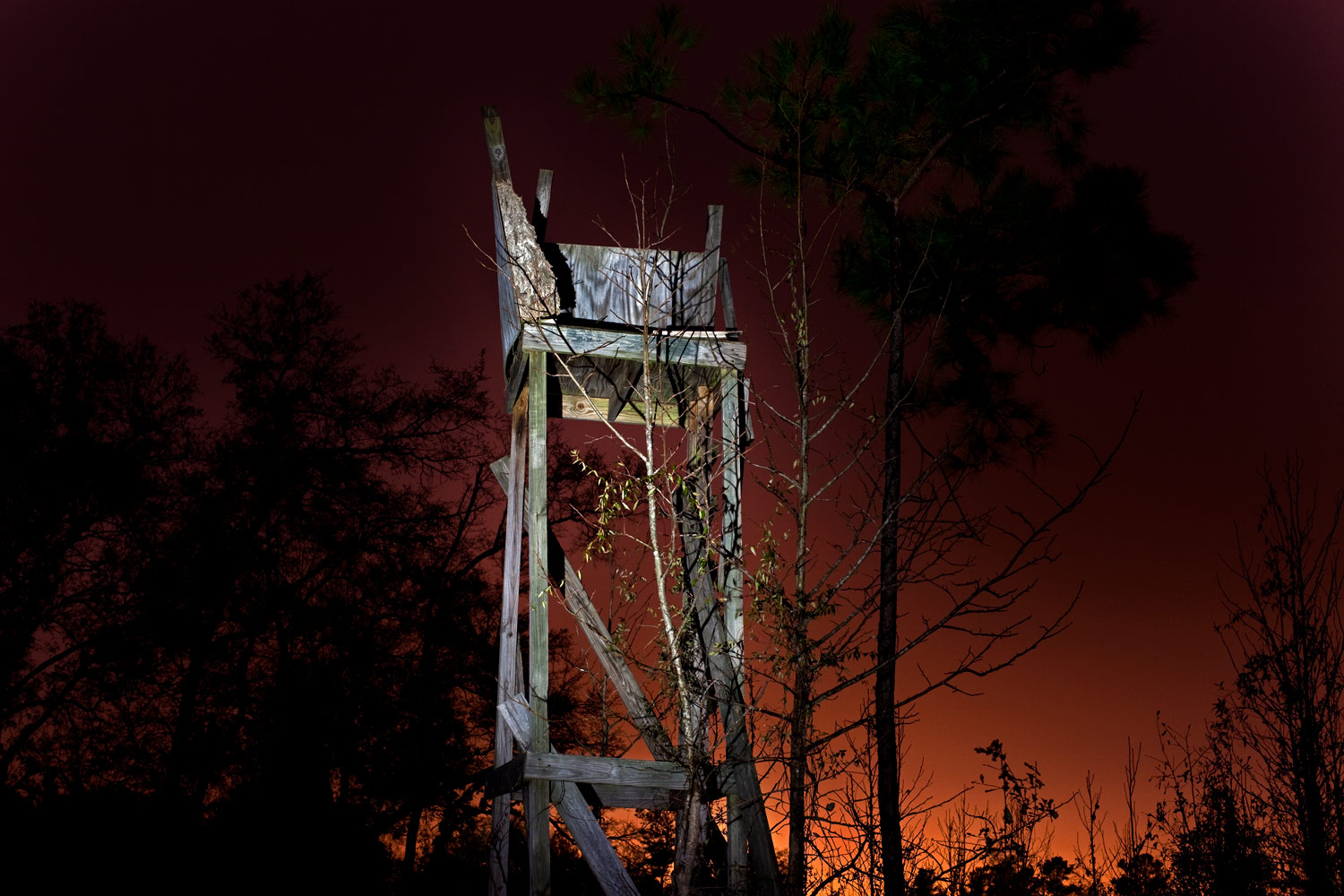
Drive through rural areas of many parts of the country, really keep your eyes peeled—and you just might see them. Some call them a deer stand or a blind, camouflaged structures where men sit in isolation, waiting for the animal, usually a deer, they are hunting.
You have to seek out hunting blinds, because, by design, they’re supposed to remain hidden. Photographer Jesse Burke sought to drag these assemblies back from the nature where hunters hide them. “I was definitely isolating them from their environment, which flips the whole concept of the deer blind, which is to blend in,” Burke says. “I wanted to see man’s feeble attempt at camouflaging themselves into this world.”
Burke traveled to a thousand-acre hunting farm in South Carolina and another hunting ground in Maine for the series. They’re boys clubs, where older generations of men teach their sons and grandsons how to hunt. “For me the stands are about a lot of things, especially the concept of domination and power,” he says. “Part of the hunting process is man’s dominance and power over nature. But they’re also these places of isolation. You go there by yourself. So it touches on all these different topics for me: power, dominance, isolation.”
Burke drove around the massive preserves with a map, trying to locate each one. He shot them around sunset, illuminated only with his hiking headlamp, using a tripod and 2-minute exposures. “What I see with my eyes versus what I see with the headlamp versus what I get on my image in the camera are sometimes three takes on the same scene,” he explains. “There are some really beautiful things that occur–the wind blows and motion occurs so the branches are blurry; the camouflage tarp is waving in the wind. Some things I didn’t expect to happen, but I had to embrace [them].”
While he sought to bring the blinds back from nature and show them from the point of view of the hunted animal, Burke ultimately learned that taking photographs involves embracing the natural situation as much as it does setting the conditions for the shot he wanted. “It’s such a controlling sort of practice,” he says of photography. “I just found I had to let go. Some things are dictated to me, like the full moon. The result is always more beautiful when I give in and let nature take its course.”
Jesse Burke is a photographer based in Rumford, Rhode Island. His monograph, Intertidal, was published by Decode Books in 2008, and his photographs have appeared in publications such as ESPN, Vogue España and W magazine. See more of his work here.
Nate Rawlings is a reporter at TIME. Find him on Twitter at @naterawlings.
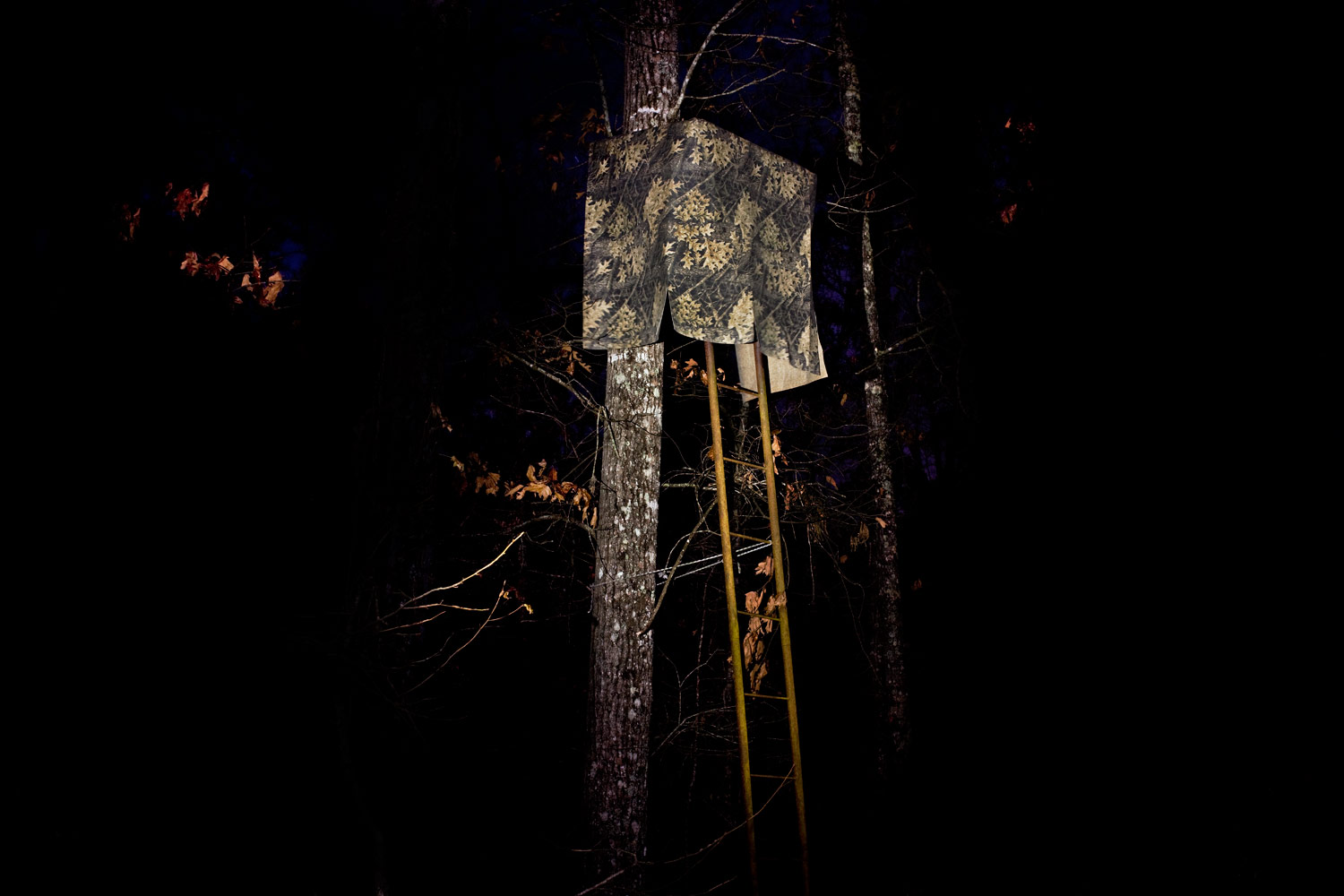
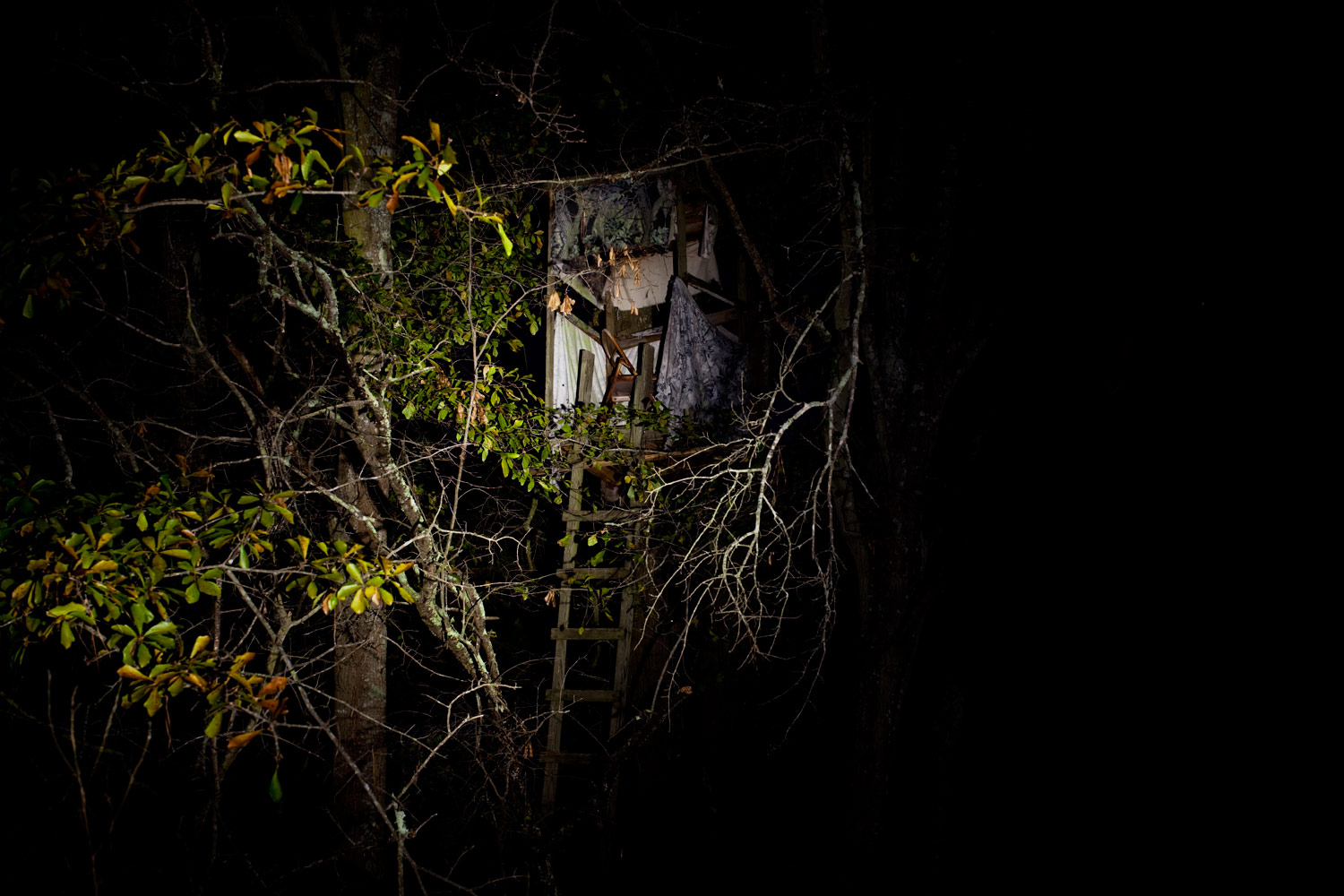
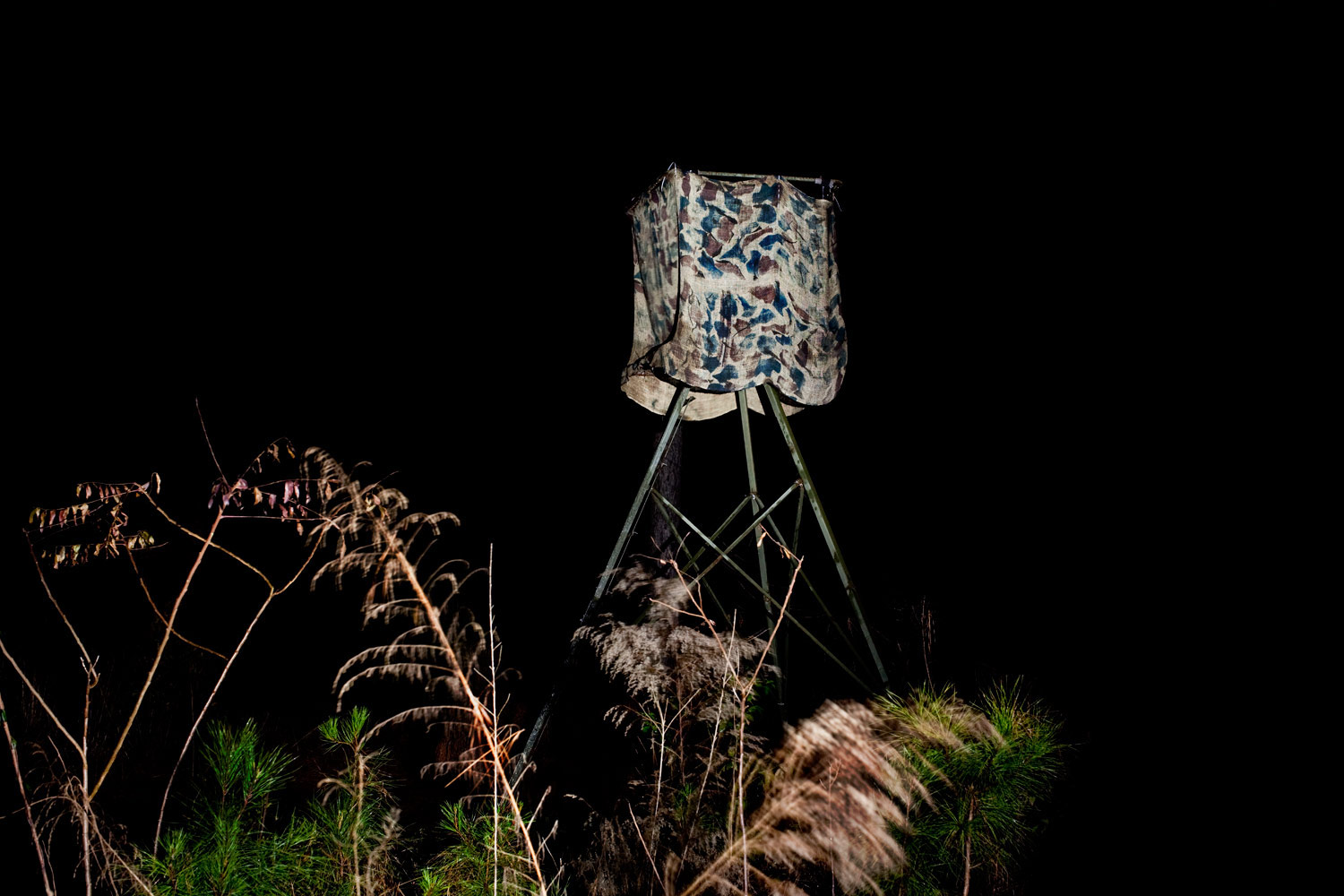
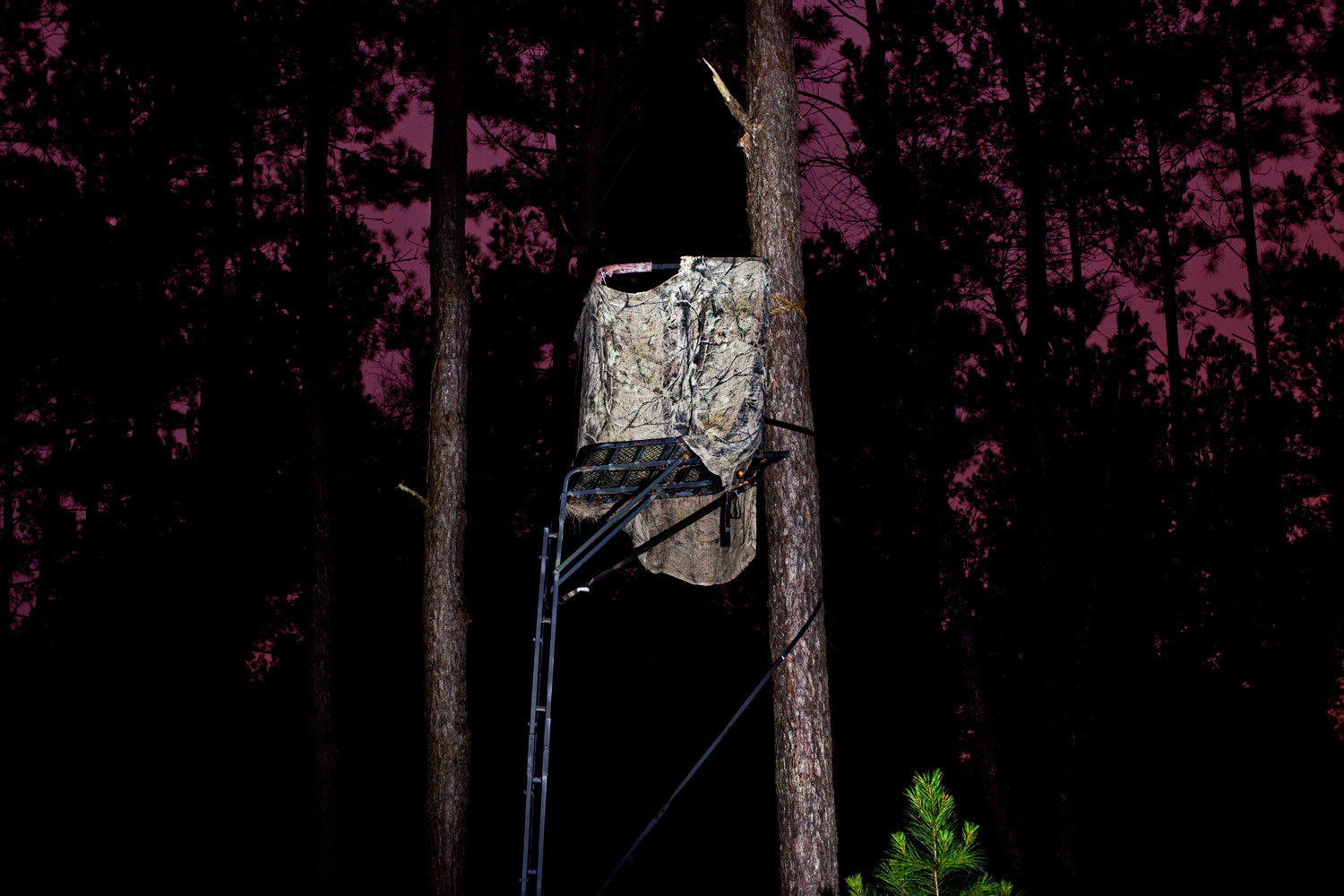
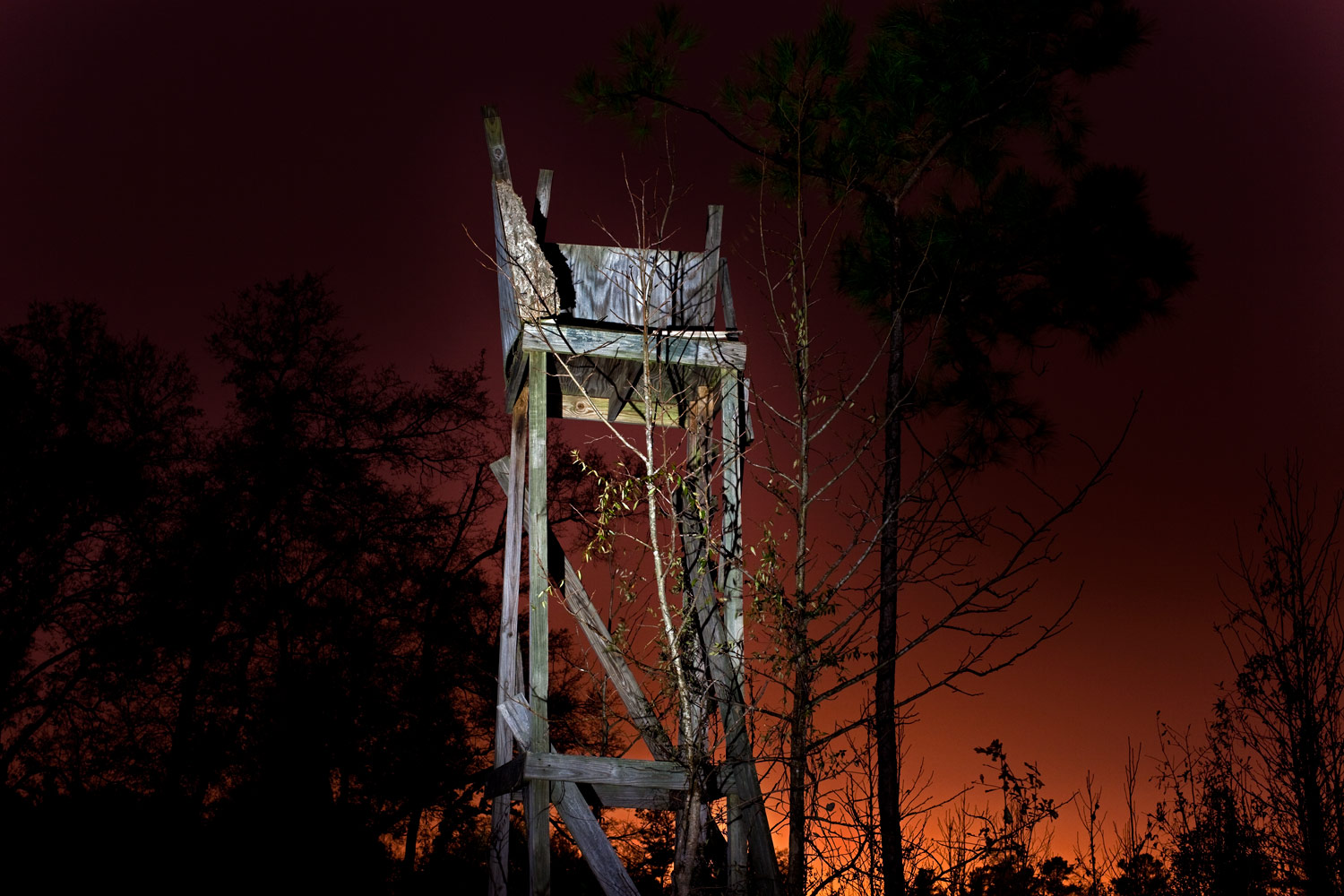
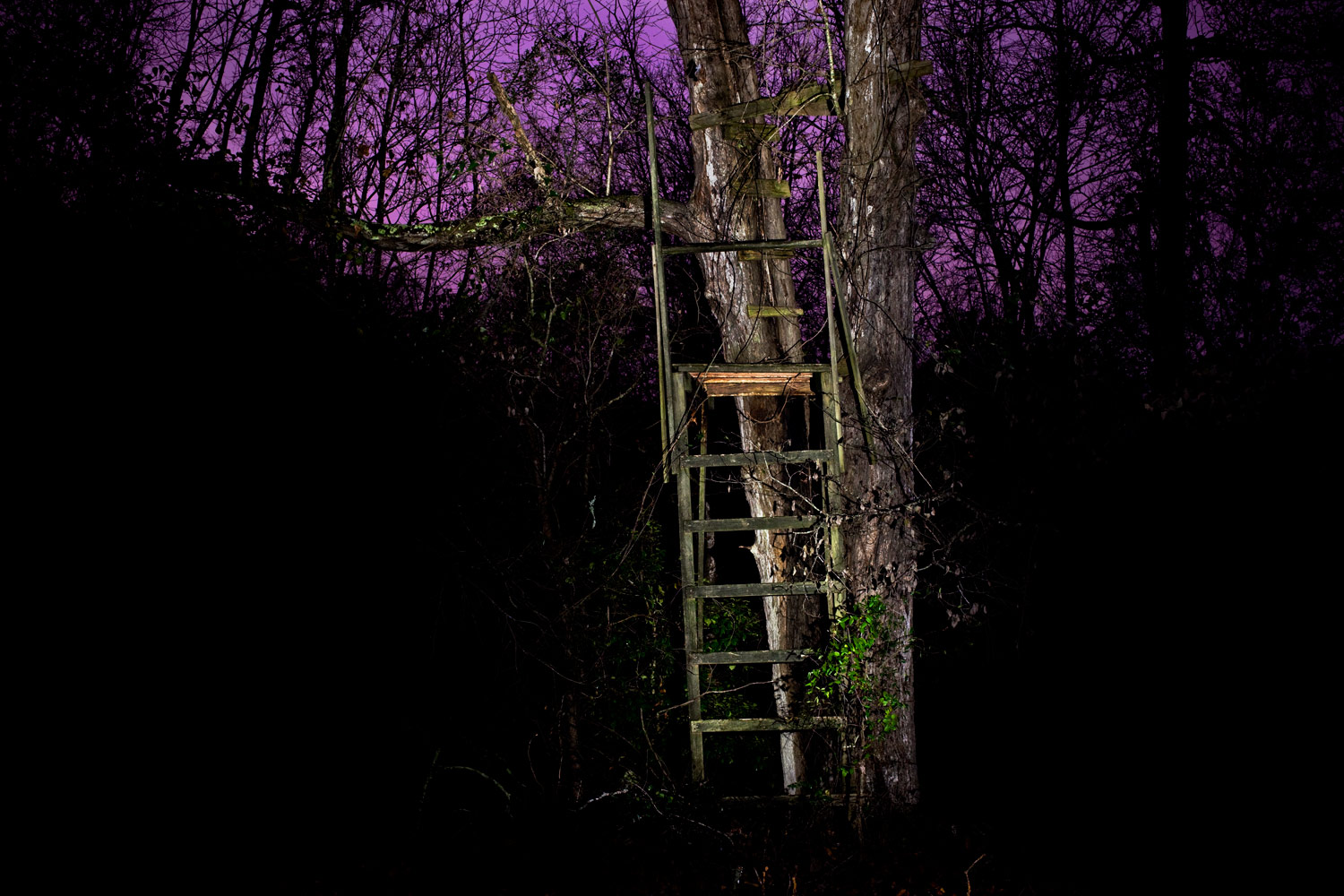
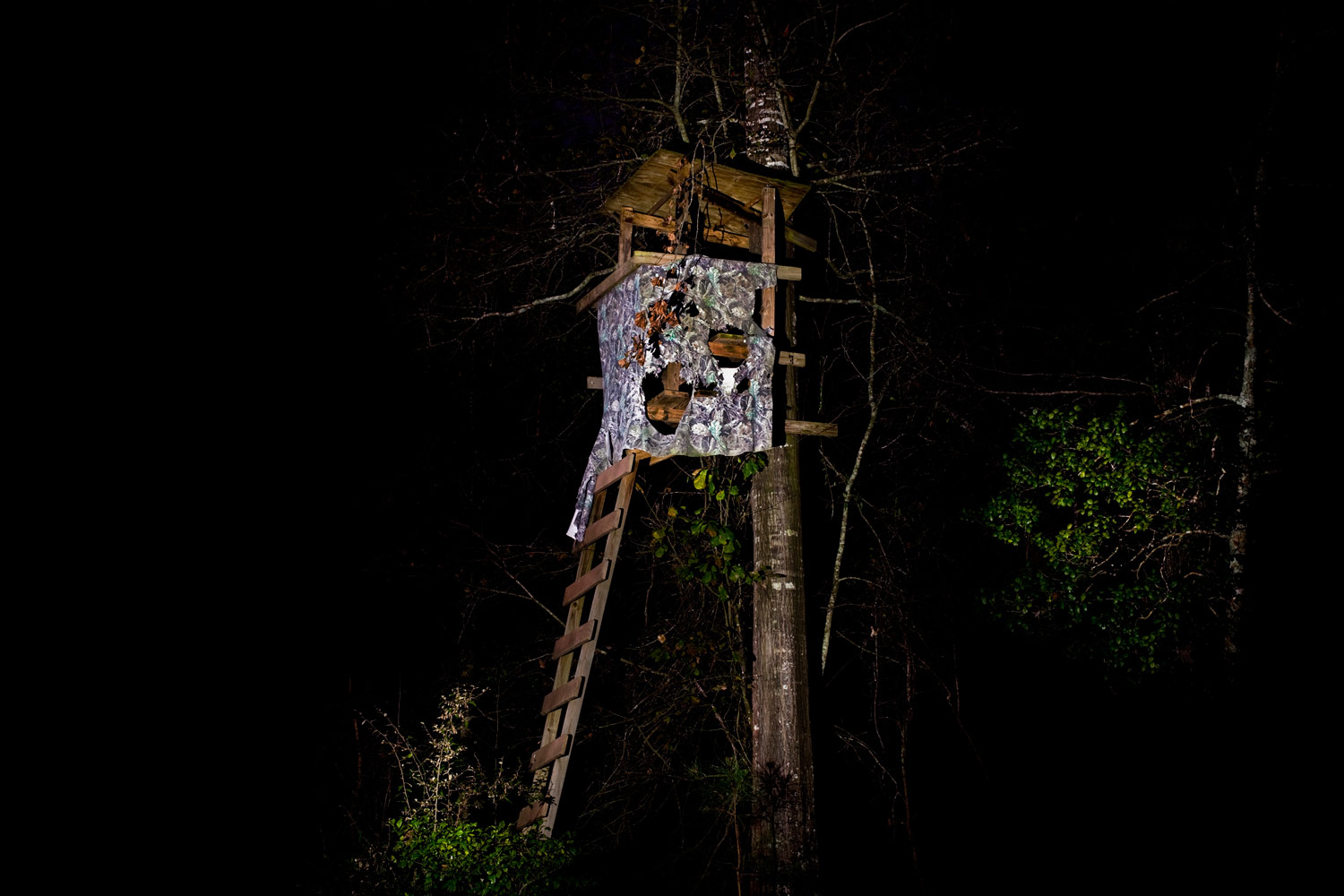
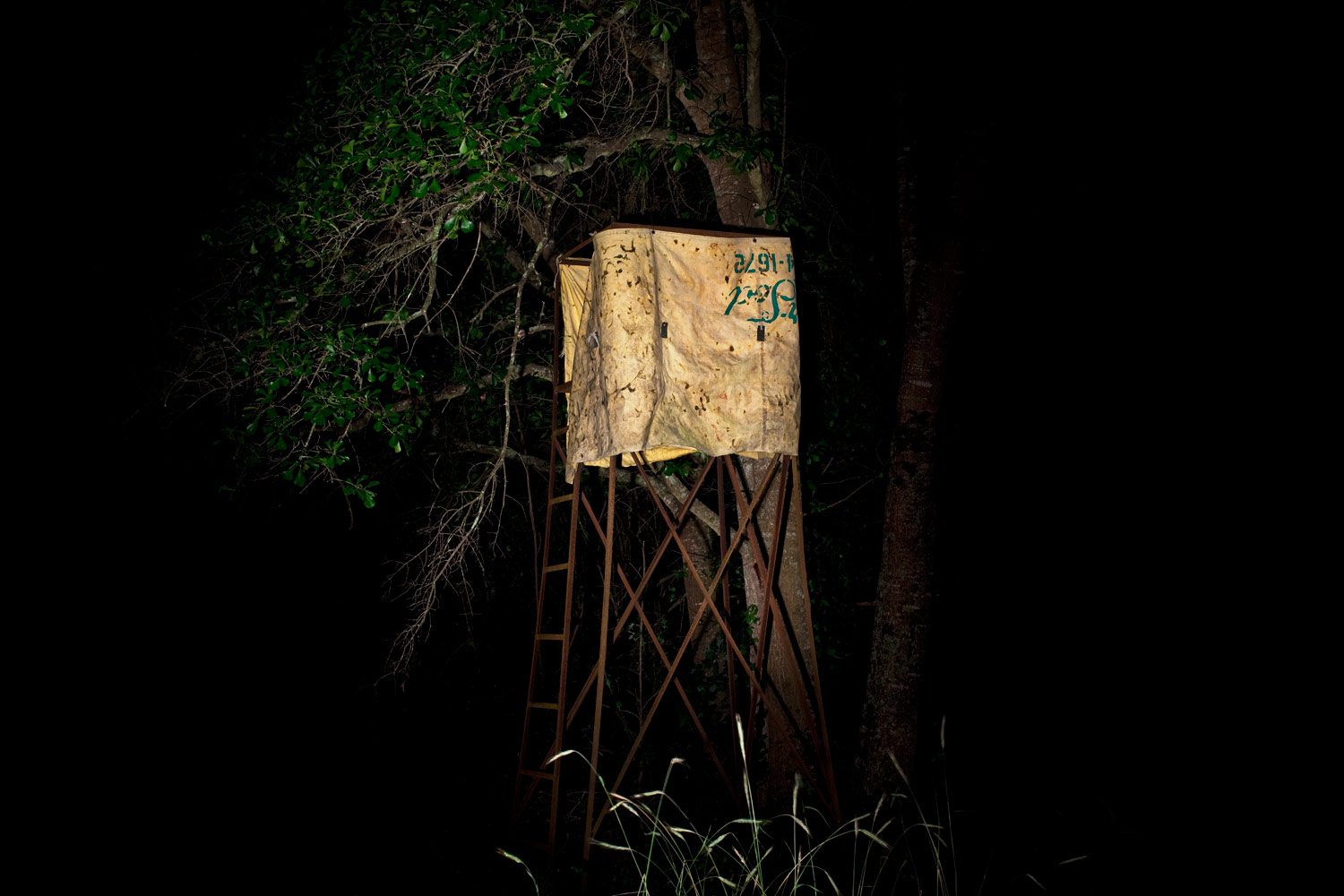
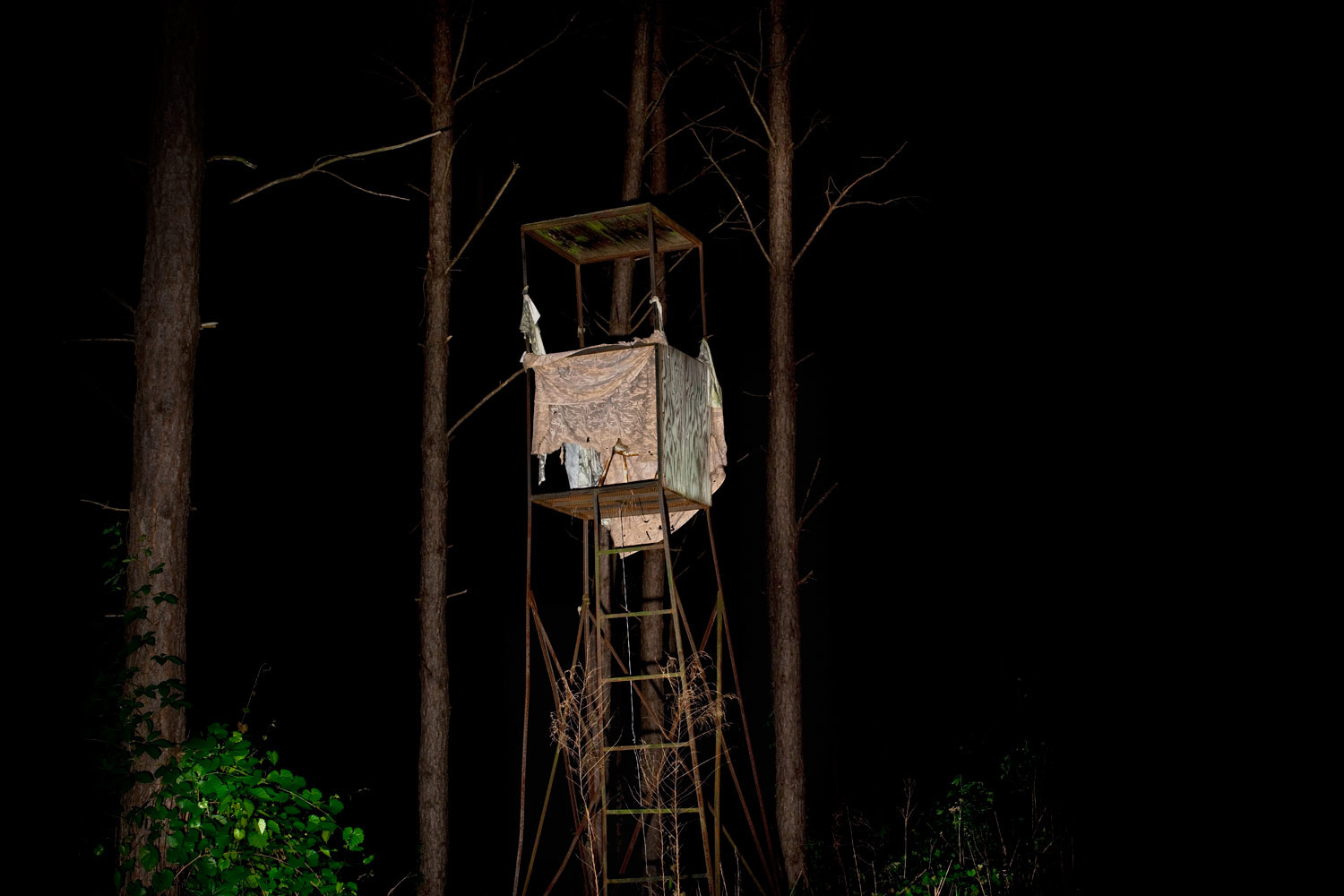
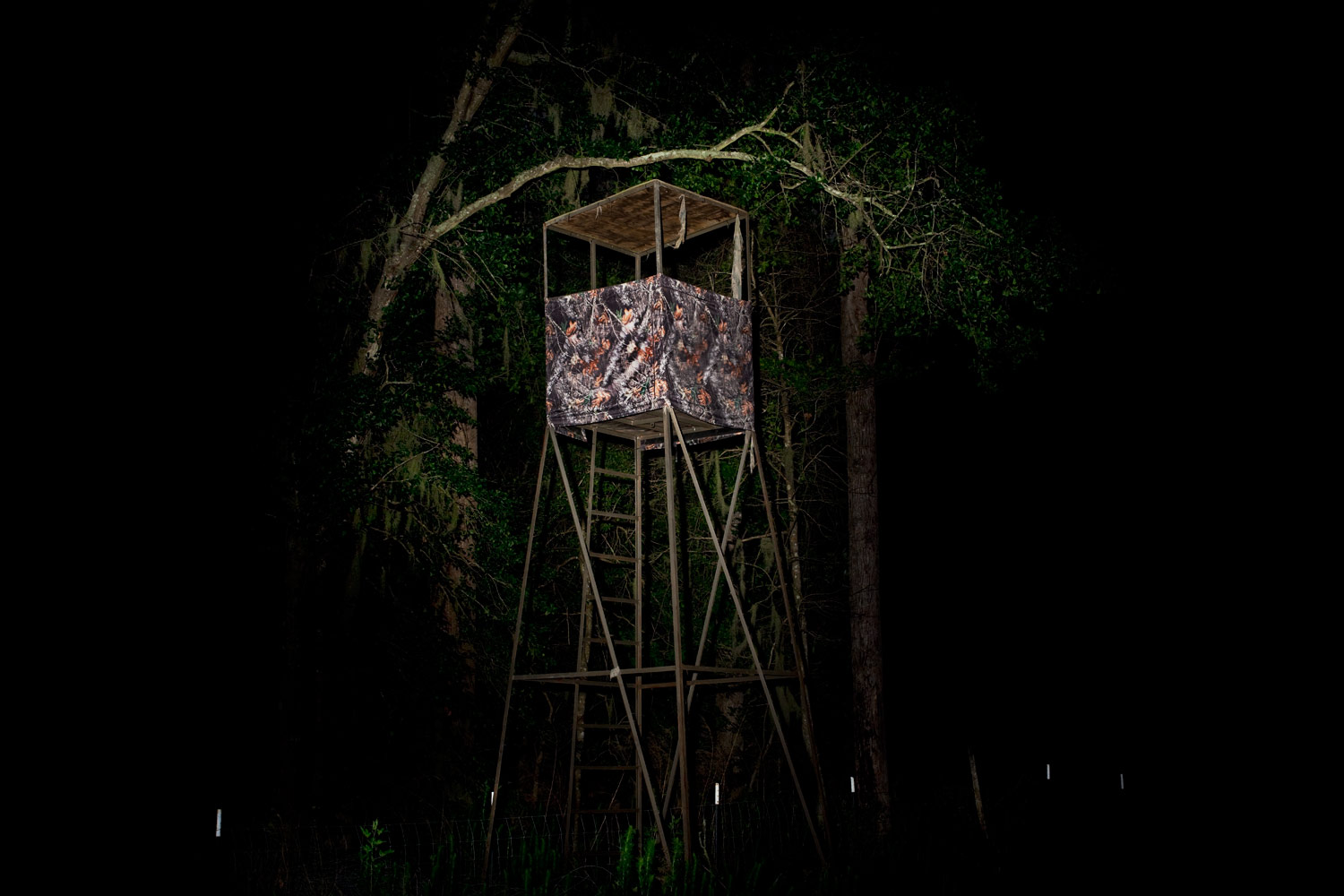
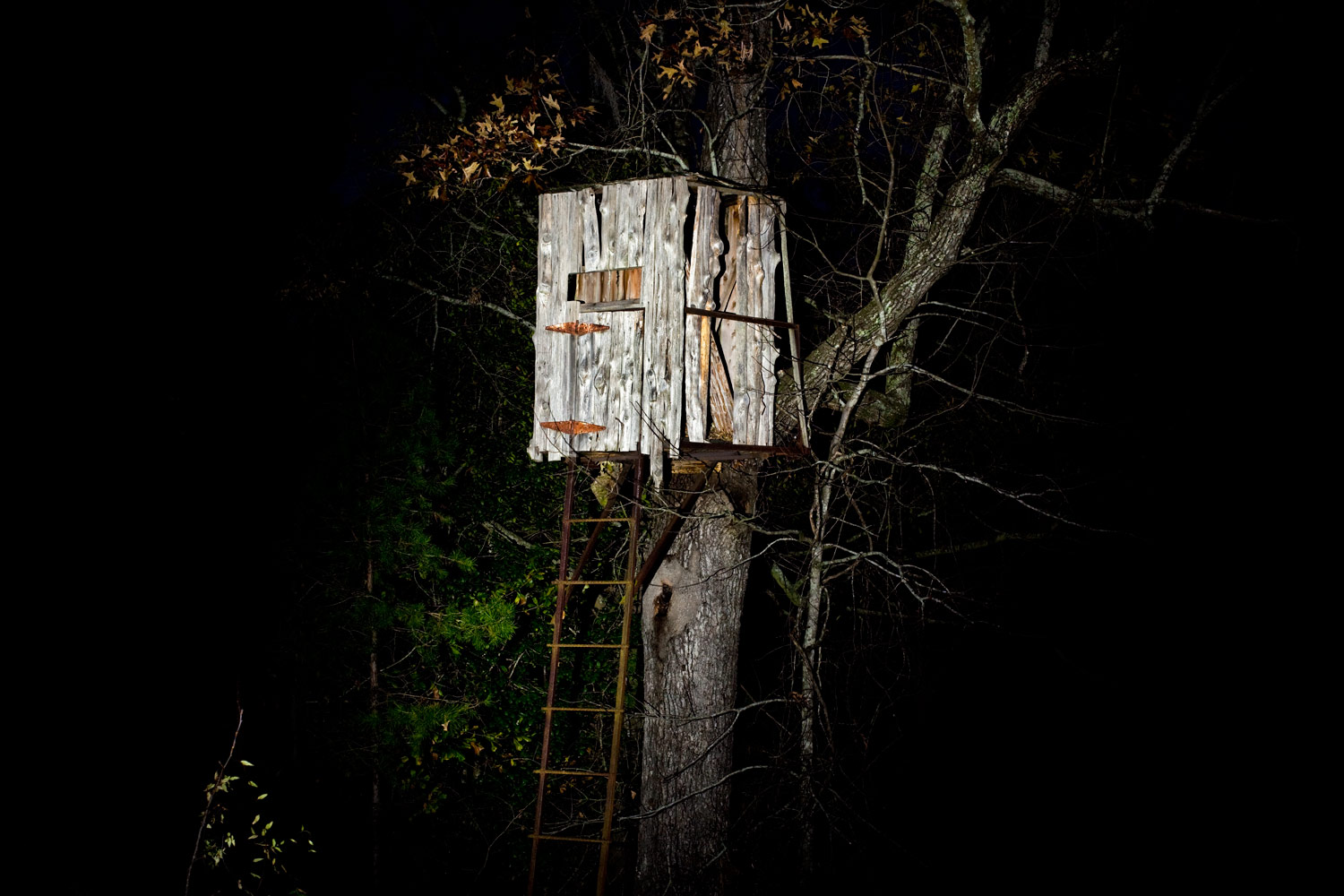
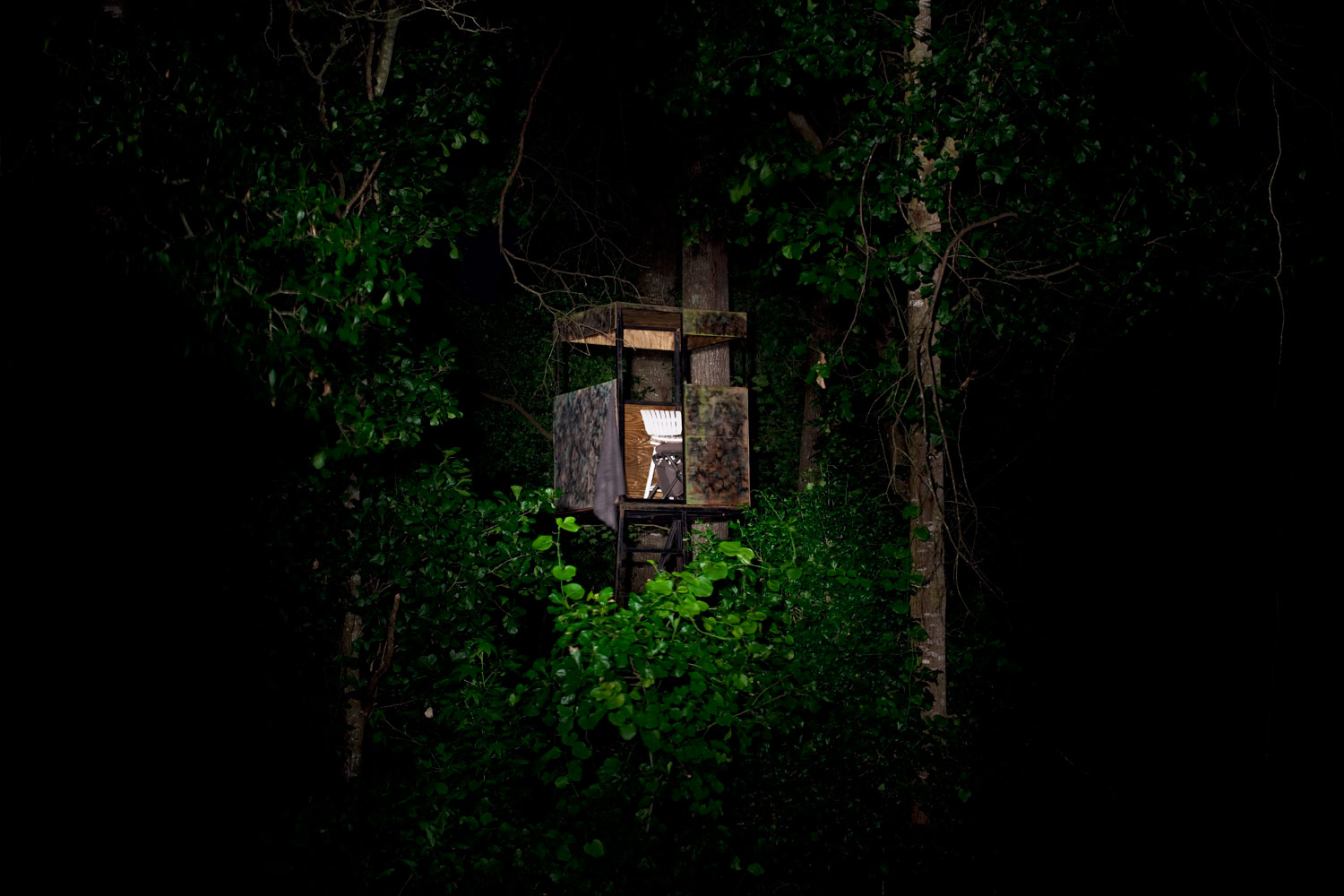
More Must-Reads from TIME
- Donald Trump Is TIME's 2024 Person of the Year
- TIME’s Top 10 Photos of 2024
- Why Gen Z Is Drinking Less
- The Best Movies About Cooking
- Why Is Anxiety Worse at Night?
- A Head-to-Toe Guide to Treating Dry Skin
- Why Street Cats Are Taking Over Urban Neighborhoods
- Column: Jimmy Carter’s Global Legacy Was Moral Clarity
Contact us at letters@time.com